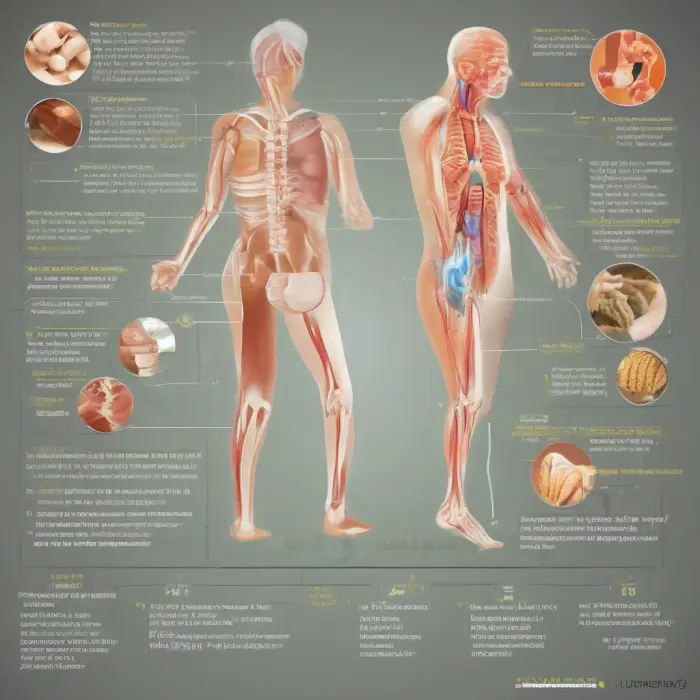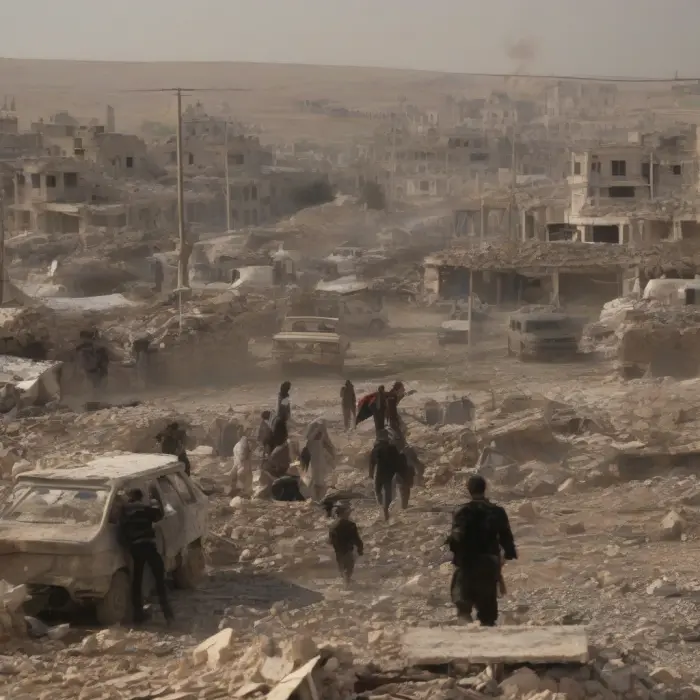The Art and Science of Fireworks: A DIY Guide
The night sky lit up with colorful displays of fireworks is undoubtedly one of the most spectacular sights one can witness. Be it a celebration of New Year's, Guy Fawkes Night, or Independence Day, fireworks play a crucial role in making the night unforgettable. While watching these magnificent displays, have you ever wondered, "How are fireworks made?" or "Can I make my own fireworks?". If yes, then this guide will take you through the art and science of DIY fireworks creation safely and artistically.
The Science Behind Fireworks
At the core, fireworks are a class of low explosive pyrotechnic devices used for aesthetic purposes such as celebrations. The brilliance of fireworks comes from a mixture of chemicals laden inside them. Various metal salts produce different colors;
- Strontium and lithium compounds result in red,
- Barium compounds create green,
- Copper and halides lead to blue,
- Sodium results in yellow,
- And mixtures of strontium (red) and copper (blue) produce purple.
Similarly, adding aluminium or titanium to the mix results in white sparks. The science behind fireworks is essentially the chemistry of these ingredients and how they interact with heat.
Art in Fireworks
The art in fireworks focuses on the pattern and effect it creates in the night sky. This involves not only creative visual elements but also precise calculations and craftsmanship to ensure a breathtaking performance. Fireworks makers use different methods to create various effects; for instance, to create a shell that displays a ring, technicians place the star pellets in a circle with an explosive charge in the center. The explosion forces the stars outward in a circle, making a beautiful ring in the sky.
DIY Guide to Making Fireworks
Disclaimer: Making fireworks at home can be dangerous and is illegal without a proper license in many places. This guide is informational, and we strongly recommend all fireworks be created and handled by trained professionals.
- Gather Materials: You’ll need chemicals for the colored flames, a fuel source, an oxidizer, and binders.
- Prepare Colorant: Grind the chemicals to a very fine powder to ensure they burn completely and evenly.
- Make the Main Composite: Mix fuel with your oxidizer.
- Create Stars: Mix your colorant and binding agent, dampen it slightly, and press the mixture through a screen to create small pellets.
- Assemble Firework: Place these pellets, your composite and a fuse inside a casing, ensuring everything is packed tightly.
Safety First
Please remember that safety is paramount when experimenting with fireworks. Never forget the safety gear--goggles, ear protection, non-flammable clothing. Always work in a well-ventilated area, away from any flammable materials. Children should not be involved in the assembly of fireworks.
The art and science of fireworks creation can be an exciting venture. However, it is always recommended to leave fireworks to professionals, as they are trained in creating safe, homegrown pyrotechnics. Enjoy the spectacle, understand the science, appreciate the art, but always prioritize safety. After all, it is the unmarred joy that these wondrous displays bring which we should cherish.










